What is selective breeding?
Humans have selectively bred apples to create lots of different varieties. Image credit: Shutterstock
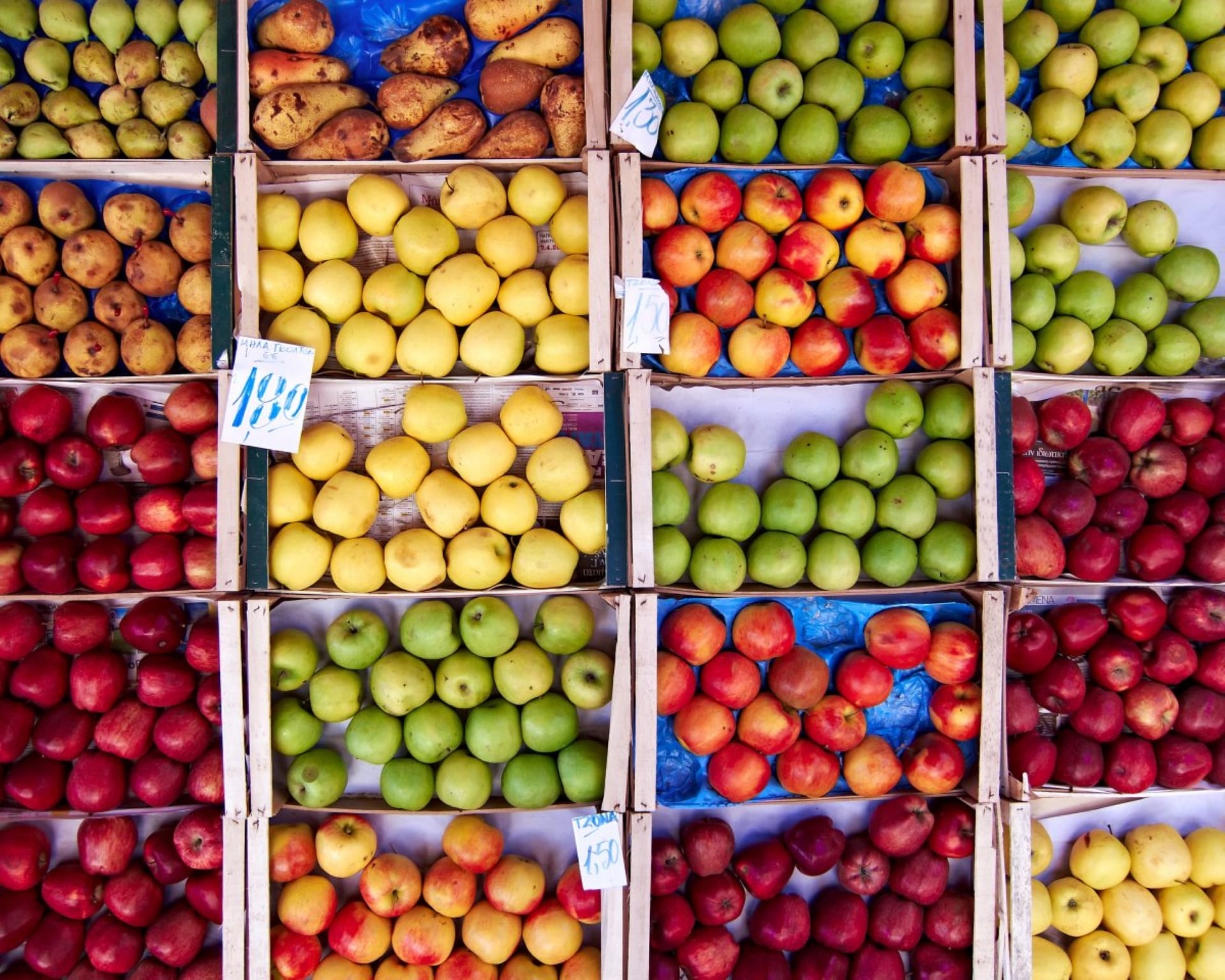
Selective breeding involves selecting individuals of a species that have characteristics of interest in the hope that their offspring inherit those desirable characteristics.
Key terms
Gene
A section of DNA within a genome that carries a specific set of information - often the information needed to make a protein.
Genetic condition
A condition caused by a change in an individual’s DNA.
- Selective breeding involves choosing parents with particular characteristics to breed together and produce offspring with more desirable characteristics.
- Humans have selectively bred plants and animals for thousands of years including crops and farm animals with better yields, ornamental plants with particular colours or shapes and dogs with certain characteristics.
Definition of selective breeding/artificial selection
- Humans have selectively bred different organisms for thousands of years, selecting parents with particular characteristics in the hope of producing offspring with those characteristics.
- Organisms that humans have selectively bred include:
- crop plants such as apples with better yields, or that are more resistant to different environmental conditions.
- ornamental plants with particular flower shapes and colours.
- farm animals that produce more, better quality meat or wool.
- dogs with particular physiques and temperaments, suited to do jobs like herd sheep or collect pheasants.
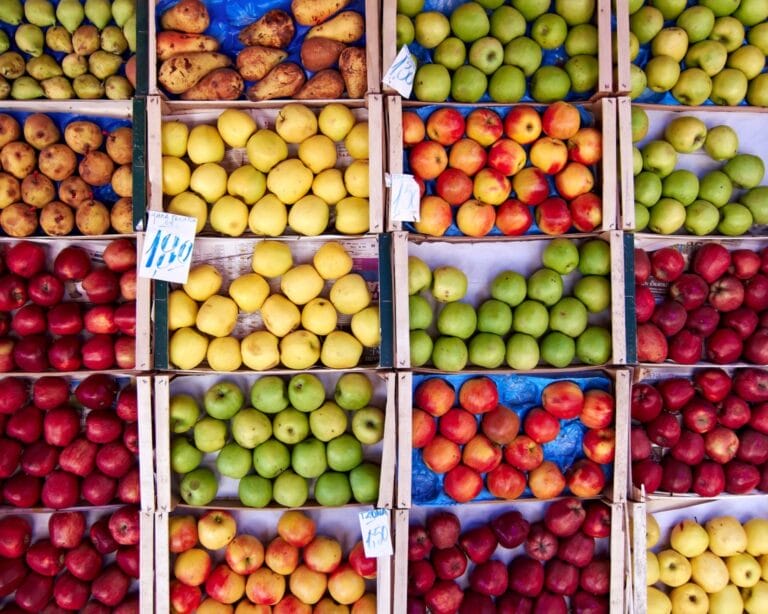
How does selective breeding work?
- An organism’s characteristics are partly determined by the combination of gene variants that are passed on from one generation to the next.
- For example, the children of tall biological parents may be tall if they inherit a combination of ‘tall’ gene variants.
- We can take advantage of this to selectively breed animals or plants, choosing parents with particular characteristics to produce offspring that have those characteristics.
- For example, if we breed tall parents together and exclude shorter parents, the offspring should inherit ‘tall’ gene variants that make them tall.
- Some of the offspring may even be taller than both of their parents depending on the combination of ‘tall’ gene variants they inherit.
- With repeated selective breeding over multiple generations this population will get taller and taller.
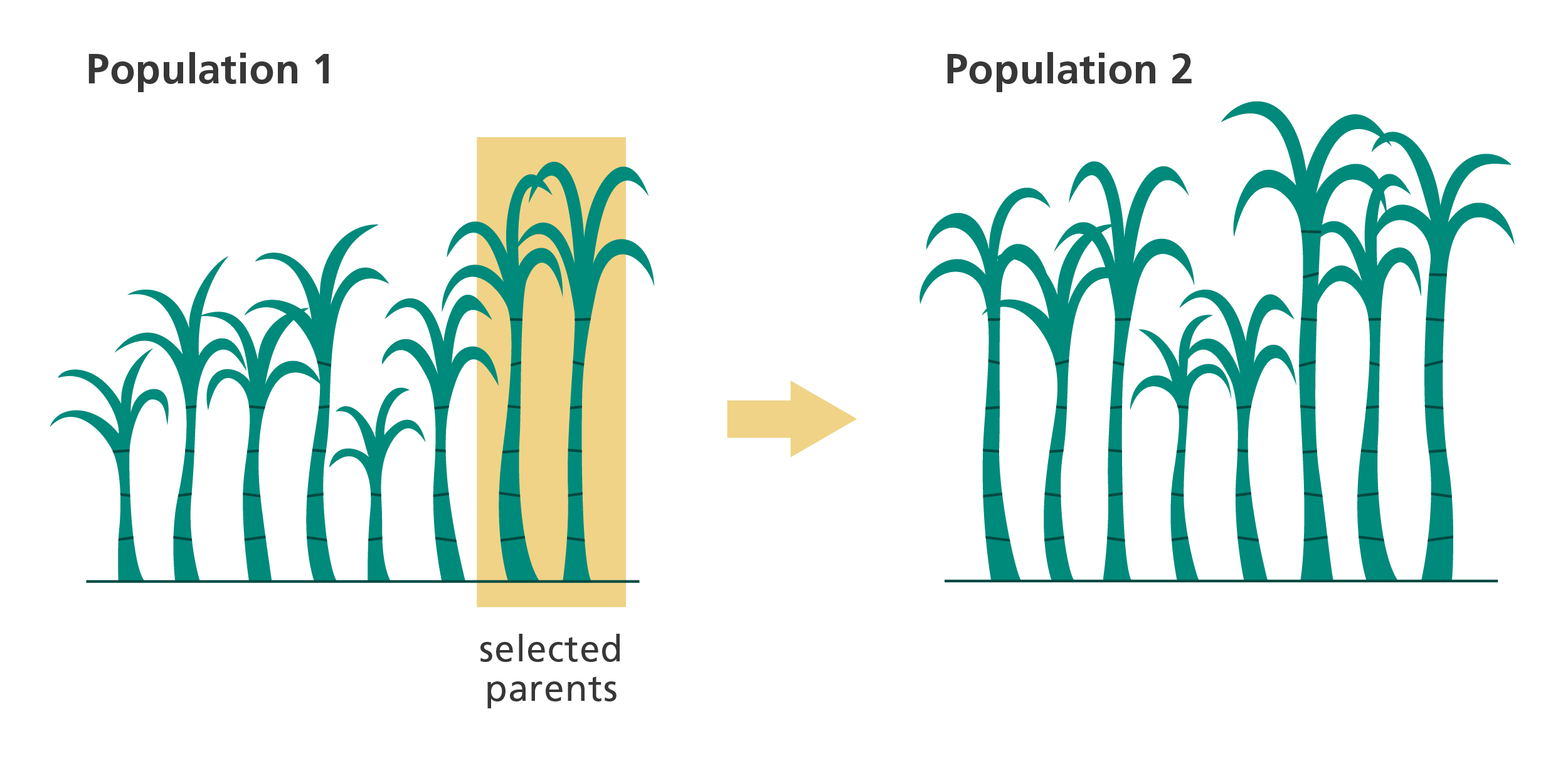
Illustration showing the effect of selectively breeding for height in plants. Image credit: Laura Olivares Boldú / Wellcome Connecting Science
What are the problems associated with selective breeding?
- Selective breeding often results in a population of animals or plants with very similar genetics.
- This means the population will share many of the same strengths, but also the same weaknesses.
- For example, infectious diseases are more likely to spread through genetically similar populations because they are vulnerable to the same diseases.
- Selective breeding often involves breeding individuals that are closely related, known as inbreeding.
- Inbred populations are more likely to suffer from genetic conditions caused by recessive gene variants because they are more likely to inherit two copies of the recessive variants – one from each parent.
Types of selective breeding
Inbreeding
- If we want to establish a population of organisms with predictable characteristics we tend to ‘inbreed’.
- Inbreeding is when very close relatives, such as siblings, are bred together.
- After many generations of inbreeding, the offspring will be almost genetically identical, and will produce identical offspring. When this happens, an organism is described as inbred or purebred.
- Examples of purebred animals are Labrador Retriever dogs and Siamese cats.
- Inbreeding mice to investigate in the lab has led us to lifesaving treatments. You can read more about that here.
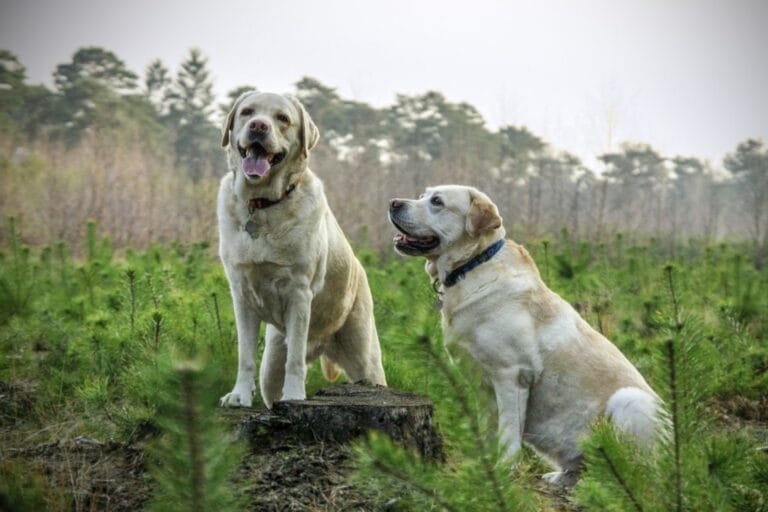
Linebreeding
- Linebreeding is a type of inbreeding.
- It involves breeding together more distant relatives, such as cousins.
- This reduces the rate at which the breed becomes ‘purebred’, reducing the risk of ill-health that can sometimes be seen with purebred individuals.
Self-pollination
- Most plants have both male and female reproductive parts.
- Some species are naturally able to transfer the male gametes (sperm) in the pollen to the female parts of the flower where the female gametes (eggs) are. This is called self-pollination.
- The offspring of plants that self-pollinate are not identical to the parent plant, because their genes are shuffled during reproduction.
- Plant breeders can use self-pollination as a type of inbreeding, creating plants that are genetically similar and that produce identical offspring after many generations.
Crossbreeding
- Crossbreeding involves breeding two unrelated individuals.
- This is often used to produce offspring with desirable characteristics from two different individuals.
- Crossbreeding two purebred organisms will produce offspring that display the characteristics of interest.
- For example, Poodles have been crossed with Labrador Retrievers to combine a Poodle’s low-shedding coat with the Labrador’s calm, trainable temperament. The resulting ‘Labradoodle’ can be suitable as a guide dog and is also suitable for people with allergies.
- Crossbreeding non-purebred parents will have less predictable outcomes.
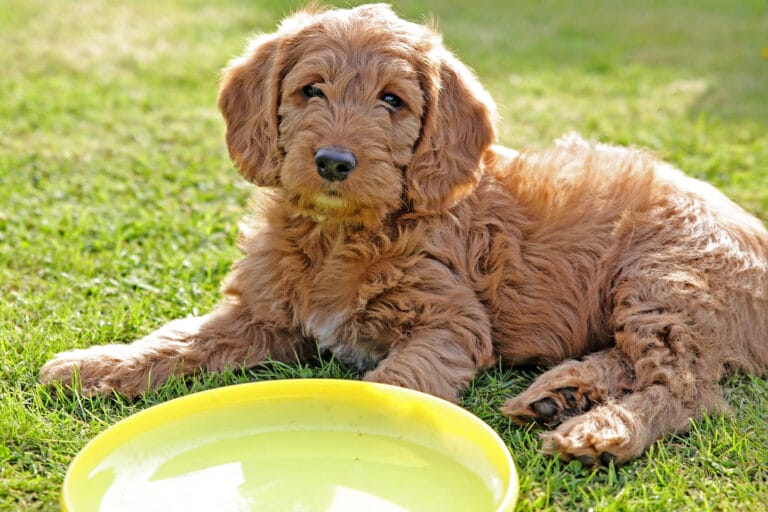
Selective breeding versus natural selection
- Although they both result in genetic changes over generations, selective breeding and natural selection are different.
- Natural selection is driven by environmental factors that limit survival and reproduction, such as harsh environments or competition for mates. Over time, this results in evolution.
- Selective breeding is also known as artificial selection. Artificial selection is driven by human intervention.
Selective breeding versus genetic engineering
- Although both selective breeding and genetic change an organism’s genetic characteristics, they are different processes.
- Selective breeding makes use of existing, naturally present gene variants in a species and the natural process of breeding.
- Genetic engineering involves a direct change to an organism’s genome in the laboratory.
- Gene variants made through genetic engineering can be passed from one generation to the next.